The disruption of the norm continues from STORM, the supplement industry’s hottest new brand. On the heels of their initial releases — STORM Pre Workout and STORM Focus — we have another energy-based supplement, and it’s similarly full of cognitive enhancement.
Clearly, STORM wants to get you stoked for weight loss:

Burn fat without burning your taste buds! STORM BURN is a powerful weight loss support supplement powder that doesn’t have the spicy taste!
STORM BURN: Focus-first weight loss support powder
STORM Burn is a weight loss aid that comes in powder form, boasting a large 300 milligrams of caffeine per scoop. If you can handle that amount of energy, you’ll be getting large synergistic doses of carnitine and bioactive choline to support your body’s fat metabolism.
True to their motto — “Disrupt the Norm” — STORM Burn goes against the grain (literally), since it doesn’t have any spice in its flavor. Instead, it provides key ingredients to avoid diet-destroying deficiencies, including a solid dose of Chromax chromium picolinate on top of the choline, carnitine, and caffeine mentioned above.
The details are all below, but first, be sure to sign up for PricePlow’s STORM news alerts, we expect a lot more from the top brand to watch this year:
STORM Burn – Deals and Price Drop Alerts
Get Price Alerts
No spam, no scams.
Disclosure: PricePlow relies on pricing from stores with which we have a business relationship. We work hard to keep pricing current, but you may find a better offer.
Posts are sponsored in part by the retailers and/or brands listed on this page.
This area is reserved for Team PricePlow's upcoming Ingredients video.
Subscribe to our channel and sign up for notifications so you catch it when it goes live!
STORM BURN Ingredients
Behold, a weight loss support supplement that’s low on spice:
-
L-Carnitine L-Tartrate – 1500 mg
If you can handle a 300 milligram caffeine dose in each scoop, you’ll get treated to a great deal of choline, carnitine, chromium, and more… lots of ‘C’-words here!
L-Carnitine L-Tartrate is part one of two carnitine ingredients, each dosed at 1.5 grams (the other is Acetyl L-Carnitine). First, let’s discuss L-carnitine in general, and then discuss the specific research to each one:
Why is L-carnitine important for dieters?
L-carnitine plays a major role in energy production by transporting fatty acids to our cell’s mitochondria (the “powerhouses”) so that they can make ATP (the “energy currency”).[1] It’s a conditionally essential amino acid because the body can synthesize it, but could almost always use more.
Thankfully, with Storm BURN, we’re definitely getting more! Even an underwhelming ⅔ of a scoop will get a clinically-backed dose, so you don’t have to take down a full 300 milligrams of caffeine to get a solid amount.
Who is L-Carnitine best for?
The success in weight loss studies analyzing L-carnitine generally support the three types of people who are carnitine deficient, all for differing reasons:
- Vegans and vegetarians[2-4]
- Seniors / elderly[5,6]
- Overtrained (or just hard-training) athletes[7]
Carnitine is most naturally found in red meat, so those who don’t eat large amounts of it (or those who train like animals) are the ones who should definitely consider supplementation.
L-carnitine’s metabolic benefits
After reading a new review based upon 100 citations,[7] we are finding fewer and fewer reasons not to take ~2g L-Carnitine each day
With the above disclaimed, we can take a broader look at the research. In 2016, scientists published a meta-analysis done on nine randomized placebo-controlled studies, and concluded that L-carnitine supports significantly more weight loss and BMI (body mass index) improvements compared to controls.[8]
A good study to look at individually was published in 2009, where participants took 2 grams of carnitine per day for six months, and ultimately ended up with greater insulin sensitivity and better blood sugar response.[9] This indicates overall improved metabolism, which is a key to overall health and energy.
Alternatively, insulin resistance (which L-carnitine combats) is connected to numerous disease states,[10,11] and when blood sugar levels or insulin remain too high because there’s nowhere to put the blood sugar, fat oxidation grinds to a halt.[12,13] This is why becoming insulin-sensitive is important, so that we can get our sugar and fatty acids out of the bloodstream and preferably into muscle cells.
We’ll get further into the insulin sensitivity angle with the solid dose of Chromax chromium picolinate below, so we’ll cover more on that soon.
L-carnitine’s athletic edge
When discussing L-carnitine’s athletic benefits, it’s best to reference a 2018 review published in Nutrients titled “L-Carnitine Supplementation in Recovery after Exercise”.[7] Inside, the researchers cite nearly 100 studies, concluding that carnitine supplementation improves power, reduces soreness, boosts recovery, increases oxygen use, and enhances blood flow on a consistent basis.[7]
Carnitine’s Function in Intracellular Transport.[14] Note how important this molecule is if you plan on delivering fatty acids to cells. You can ignore the bottom yeast section.
This is unsurprising once understanding the universal and pivotal role of the amino acid in terms of fatty acid oxidation and energy metabolism. If an estimated 75% of the body’s “carnitine pool” comes from dietary intake,[15,16] and too many dieters are not ingesting enough of it anymore, then it’s a great idea to supplement more.
So now we talk about the two different forms:
L-Carnitine L-Tartrate
LCLT for the hormonal wins! Figure shows values for each of the preexercise
time points (following 3 wk of either placebo and LCLT supplemen-
tation) and following each of the four postexercise interventions.[17]Abbreviated to LCLT, L-Carnitine L-Tartrate is a form of carnitine that’s bound to tartaric acid. Of the studies analyzed in the athletic carnitine review mentioned above, six of them utilize LCLT.[7] Very interestingly, there have been studies showing that LCLT boosts adrenal receptor responses.[17,18]
However, it’s unclear if LCLT is specifically attributed to those effects, or if it’s simply from carnitine supplementation in general, which allows athletes to repair tissue damage faster. Either way, over the course of a decade, LCLT seemed to be the “researchers’ choice” for carnitine supplementation, and it’s great to see in a well-dosed sports nutrition supplement.
In general, 2 grams is the most common clinically-backed dosage, and we have more than that once we add in our second form of carnitine:
-
Acetyl-L-Carnitine Hydrochloride – 1500 mg
More conveniently known as ALCAR, Acetyl L-carnitine is a form with higher bioavailability and is able to cross the blood-brain-barrier.[19-21] Everything above in the general carnitine section applies to ALCAR, but due to its unique properties, it adds nootropic effects, which is right in line with everything else STORM is doing. If you need even more focus on the other end of your day, STORM Focus is a great supplement, but realize that they both have stimulants, so don’t full-dose both at once.
Precious acetyl groups
Further, the Acetyl L-Carnitine provides an acetyl group, which is important for numerous biological processes. This includes acetylcholine, a neurotransmitter critical for cognition and cognitive function. With ALCAR, we’re getting some extra acetyl groups to be used in these processes, and research has shown that choline uptake and acetylcholine synthesis is improved when ALCAR is supplemented.[19]
This nootropic edge makes it one of our preferred forms of L-carnitine, and we’re glad to see it dosed quite well in STORM BURN.
Next, we’ll discuss the synergy we have between choline and carnitine – and acetylcholine helps bridge the gap between these two:
-
Choline L+Bitartrate (as VitaCholine) – 1335 mg (yielding 100% DV)
Above, we mention how Acetyl-L-Carnitine can provide an acetyl group that may eventually be used for the production of acetylcholine, our “learning neurotransmitter”. However, the real bottleneck in acetylcholine production is choline, so STORM has provided a ton of it — 100% daily recommended value’s worth — in the form of VitaCholine.
The L-isomer: more biologically active
VitaCholine is a trademarked form of Choline L+Bitartrate, which means that it’s the highly-bioactive L-isomer form of choline that’s more potent and usable than cheaper forms like generic choline bitartrate or “choline DL-bitartrate”. This makes it not only a large dose, but a powerful dose, and it’s felt when taking STORM BURN.
A critical nutrient
Choline is labeled as an essential vitamin with a recommended daily dosage because of its overall importance to organ health[22] as well as the maintenance of structural integrity of cell membranes.[23] But as mentioned above, it also helps us create more acetylcholine,[24] a neurotransmitter heavily found in neuromuscular tissues and junctions.[25] Adequate acetylcholine levels improves muscle contractions, balance, coordination, memory, alertness, and learning.[26,27] We often attribute it to the “mind-muscle connection” when taken in high enough amounts, which we have here in STORM BURN.
Avoid choline deficiency and its ensuing ill effects by supplementing and dieting
On the other hand, choline deficiency is monumentally bad. It leads to cognitive impairment, organ damage, muscle weakness, and even non-alcoholic fatty liver disease (NAFLD),[28] a severe metabolic disorder that is best fixed with an improved diet (eg. reducing carbs — especially fructose — and eliminating all omega-6 seed oils and then restricting calories while adding more choline sources).
Choline’s importance for fat metabolism
In the 90s and 2000s, researchers discovered how important choline was for fat metabolism.[24,28-30] So in 2014, researchers put it to the test, giving 2 grams of choline per day to female martial artists – and after just one week of pre-competition use, the women who took choline lost significantly more weight and body fat than those in the placebo group.[31] It’s not clear what type of choline they used, but if it was choline bitartrate, we’re confident that this 1.335 gram dose of choline L+bitartrate is superior to 2 grams of choline DL-bitartrate due to the former having more actual L-isomer choline than the latter.
The Choline / Carnitine synergy
Things get even better with STORM BURN: we have both high doses of choline and carnitine, which work together to mobilize and metabolize fat! Three studies have paired the two together, and the finding is that choline increases carnitine retention, enabling greater overall effects.[32-34]
More synergy! If you’re low on acetyl groups, your choline may not get to the acetylcholine that you want. ALCAR (Acetyl L-Carnitine) listed above helps with that bottleneck.
“We conclude that supplementary choline maintained serum carnitine concentrations by conserving urinary carnitine. Moreover, these observations merit additional investigation to determine metabolic and functional consequences of choline and carnitine interactions in humans.”[32]
“We conclude that the choline-induced decrease in serum and urinary carnitine is buffered by carnitine preloading, and these supplements shift tissue partitioning of carnitine that favors fat mobilization, incomplete oxidation of fatty acids and disposal of their carbons in urine as acylcarnitines in humans.”[33]
“These studies demonstrated that choline supplementation results in decreased urinary excretion of carnitine in young adult women, that guinea pigs are a suitable animal model for studying the effect of choline supplementation on carnitine status in humans, and that choline results in a conservation of carnitine in guinea pigs and perhaps in humans.”[34]
Ultimately, the blend of these first three ingredients is a great way to start your day, and research soundly backs it up.
-
L-Tyrosine – 500 mg
The focus effect here isn’t done yet! L-Tyrosine is the precursor to feel-good catecholamine neurotransmitters such as dopamine, epinephrine, and norepinephrine.[35-37] These are used for cellular signal communication — dopamine can improve focus, motivation, cognition, and motor function,[38] while norepinephrine epinephrine (adrenaline) and (noradrenaline) activate the fight-or-flight response and can improve lipolysis (fat burning) and heart rate.[39,40]
Since these are all great compounds to have at our disposal, supplementing more L-tyrosine is often beneficial for dieters and athletes. This is especially the case in sleep-deprived individuals, where tyrosine (as well as caffeine, also in STORM BURN) has been shown to have tremendous effects![41,42] While tyrosine may seem “energetic”, it can also provide stress relief alongside its cognitive improvements.[43]
The thyroid health connection
Long story short: No iodine or tyrosine, no thyroid hormone synthesis. Get enough iodine and tyrosine in!!
Even more important to dieters, however, could be tyrosine’s effect on thyroid function. Combined with iodine, tyrosine is used to produce two critically important thyroid hormones, triiodothyronine (T3) and thyroxine (T4).[44,45] Thyroid health is monumentally important to not just metabolic health, but overall health in general, so it’s important that we get both tyrosine and iodine in – research is beginning to show low-level thyroid malfunction and iodine deficiency in America.[46] There’s no iodine here, so make sure you’re using iodized salt or have plenty of iodine in your multivitamin or elsewhere in your diet, and avoid ingesting iodine disruptors such as fluoride and bromine whenever possible.
We’re happy to see plain L-tyrosine used here, which is the superior form of supplemental tyrosine available on the market,[47] and we generally prefer it over other forms of tyrosine.
-
Caffeine Anhydrous – 300 mg
It’s no surprise that STORM BURN has caffeine, but the 300 milligram dose is pretty heavy-hitting compared to its mainstream competition. The good news is that the powder can be titrated to your liking and you’ll still get a clinical dose of carnitine at less than a full scoop. The bad news is that if you take a full dose of this, you definitely shouldn’t be taking any STORM Pre Workout — although we could justify some STORM Focus on the opposite end of the day.
How caffeine works
With a lighter dose of caffeine, Storm Focus is an energized nootropic that disrupts the norm with a new ingredient: Brainberry, which has been shown to improve hand-eye coordination and cognition.
Everyone should be familiar with caffeine’s effects on cognitive and physical energy at this point.[48-50] It works by inhibiting the “sleep neurotransmitter”, adenosine,[51-53] literally keeping you awake. Similarly, it inhibits phosphodiesterase in both muscle and fat tissue, which leads to increased cyclic adenosine monophosphate (cAMP) concentrations, and that can lead to greater catecholamines in the blood (like tyrosine supports).[54]
Caffeine and diet
The above means that caffeine has a slightly thermogenic effect,[55] increasing the amount of heat energy the body outputs. Going further, it can increase metabolic rate and help with fatty acid liberation from fat stores,[55-58] allowing the body to use them for energy (a great time for a workout). Many users anecdotally report appetite suppression with caffeine use, but that’s actually not supported much by research.
Ultimately, the cognitive effects are positive: plenty of research shows how caffeine consistently improves reaction time[59-62] and simply improves a better sense of overall well-being.[59,63]
Biggest question is how much you want, and for weight loss supplements, 250-300 milligrams is right in our range.
-
Neurofactor Whole Coffee (Coffea arabica) [Fruit] Extract – 100 mg
We’re not done with the focus effects yet! NeuroFactor is a coffeeberry extract that’s supplemented to increase cognition, attention, and focus. It works by boosting a cognitive-supporting protein known as BDNF, which is short for brain-derived neurotrophic factor.[64] This is important because BDNF can improve memory and learning by maintaining neuron health, supporting their growth and survival in parts of the brain.[65]
Research has shown that high BDNF levels are associated with high cognitive function,[66] while lower BDNF levels are associated with greater risk of neurodegenerative conditions.[64]
When put to the test, 100 milligrams of coffeeberry extract (Neurofactor) was shown to increase BDNF by an average of 137%.[64]
-
Theobromine – 50 mg
A “chemical cousin” to caffeine, theobromine is also classified as a methylxanthine, exerting similar effects such as adenosine and phosphodiesterase inhibition.[67] While the effect is more mild, it’s also longer-lasting due to its half-life being longer than caffeine’s.[68]
There are plenty of ingredients in STORM BURN (such as caffeine, choline, and tyrosine) that are experiential, and theobromine is as well — study participants reported increased “feel” when taking the compound.[69]
-
Black Pepper (piper nigrum) [Fruit] Extract [Std. to 95% Piperine as BioPerine] – 5 mg
The one potentially spicy ingredient in STORM BURN (which we can’t taste at all inside), we have black pepper extract standardized for piperine. This has been shown to improve the overall bioavailability and absorption of other ingredients by preventing their early breakdown and degradation before the body has a chance to fully utilize them.[70,71] The most commonly-cited example is how it improves curcumin absorption,[72] although we don’t have that here, so take that effect with a grain of salt.
Piperine works by inhibiting two enzymes that break down drugs and nutrients, P-glycoprotein and CYP3A4.[73] This can then leave us with longer effects from the other ingredients in the supplement.
Additionally, however, there are also metabolic benefits to be had. Piperine has been shown to boost GLUT4 levels,[74] a key player in glucose homeostasis that helps signal for glucose shuttling into muscle tissue.[75] Through this mechanism and others, it’s been shown to lower insulin resistance and reduce fatty liver,[76] working alongside choline.
-
Chromium (Chromium Picolinate as Chromax) – 400 mcg (1143% DV)
Don’t miss the chromium dose on the tub! A clinically-verified dose of 400 micrograms comes from Nutrition21’s Chromax chromium picolinate, which has been demonstrated to be the most bioavailable form of the mineral,[77,78] and this is tremendously important because it plays a critical role in metabolism through its effects on insulin.[79-81]
We consider chromium to be the “OG” glucose disposal agent, and it’s incredibly important to avoid the catastrophes caused by its deficiency.[82] Thanks to the inclusion of a solid dose here, we’re confident that STORM BURN will help boost insulin sensitivity,[83] and allow for better glucose transport from the bloodstream into muscle tissues.
Research has shown that higher-dosed chromium picolinate supplementation goes beyond insulin sensitivity improvements, also helping with weight management and body composition,[84-87] while even craving suppression[88,89] thanks to mood improvements it supports![90-92] Note, however, that those are with 600 micrograms — a bit more than what we have here, but if you’re getting some more in your multivitamin, you may see some terrific improvements!
You can learn much more in our deep-dive articles titled Chromium Picolinate: The Ultimate Trace Mineral For Insulin Sensitivity and Chromax and Hunger Regulation: The Chromium / Appetite Connection.
Flavors available
A Focus-First Weight Loss Aid
STORM BURN definitely disrupts the norm in the powdered fat burner / “fat burning drinks” category. We’ve become quite accustomed to “Burn” supplements that literally burn the taste buds due to their spices inside. And while those ingredients are effective, they’re definitely not for everyone.
Unsurprisingly, STORM takes a different approach. They drill into a combination of ingredients that you definitely don’t want to be deficient in (choline, carnitine, chromium), and pop it with a very solid dose of caffeine with a touch of support from theobromine. Tyrosine and Neurofactor pull in even more focus-enhancing effects, and you’re left with an incredibly feel-good weight loss support supplement.
As mentioned above in the caffeine section, this one’s not to be combined with STORM Pre Workout, but we wouldn’t be against a scoop (maybe two) of STORM Focus on the other end of the day. If you’re looking to support the burn without tasting the burn, check out STORM BURN.
STORM Burn – Deals and Price Drop Alerts
Get Price Alerts
No spam, no scams.
Disclosure: PricePlow relies on pricing from stores with which we have a business relationship. We work hard to keep pricing current, but you may find a better offer.
Posts are sponsored in part by the retailers and/or brands listed on this page.
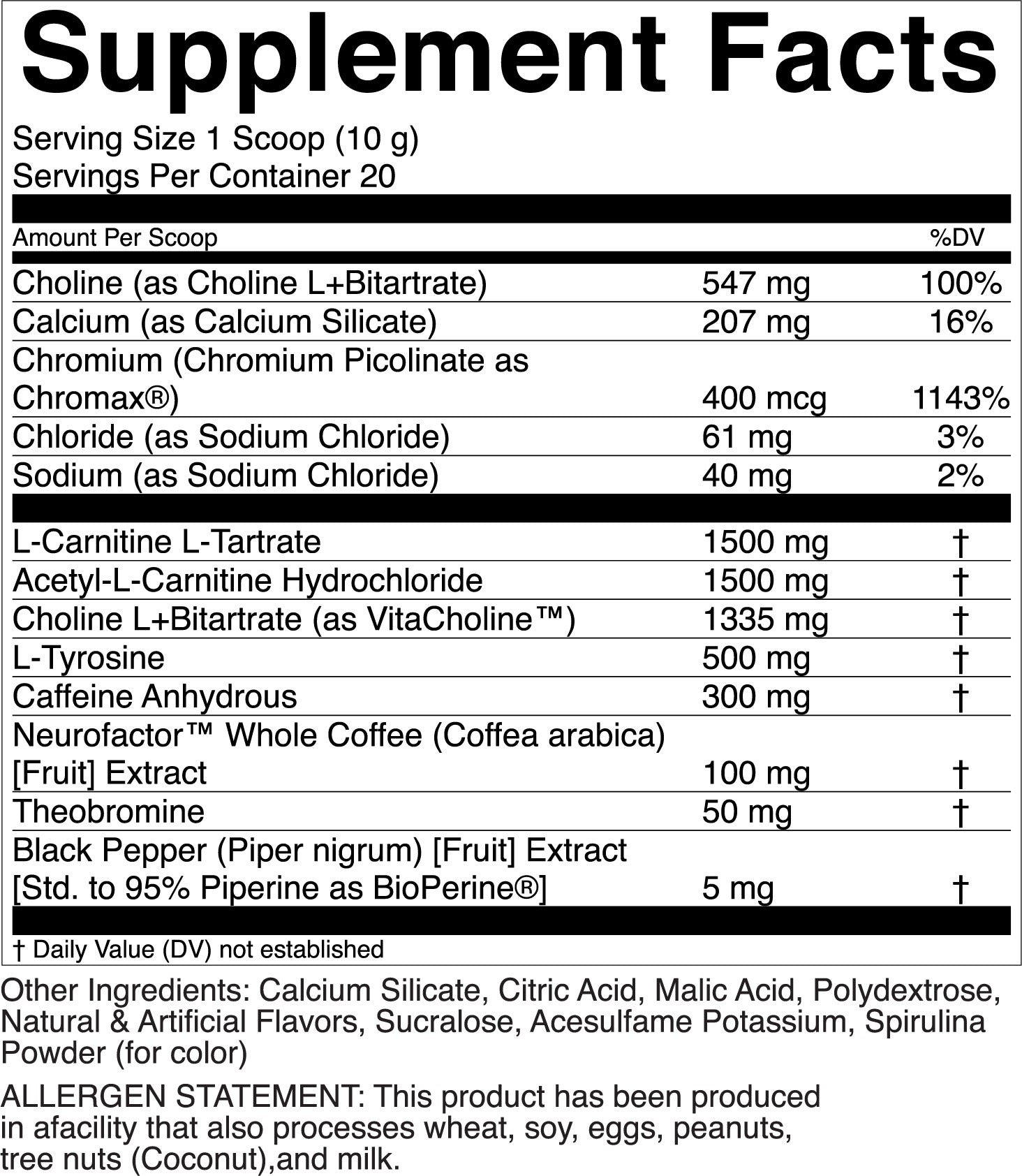
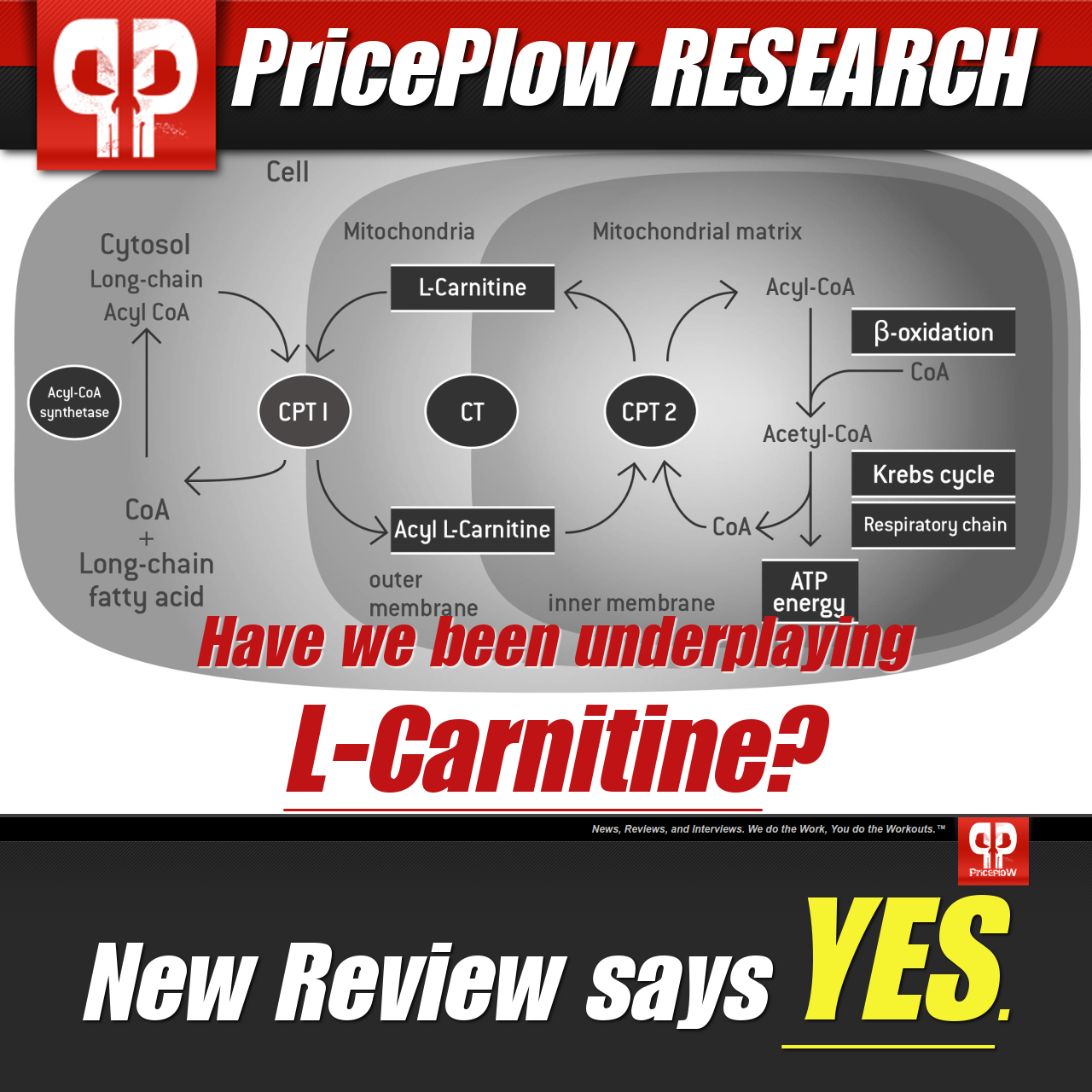

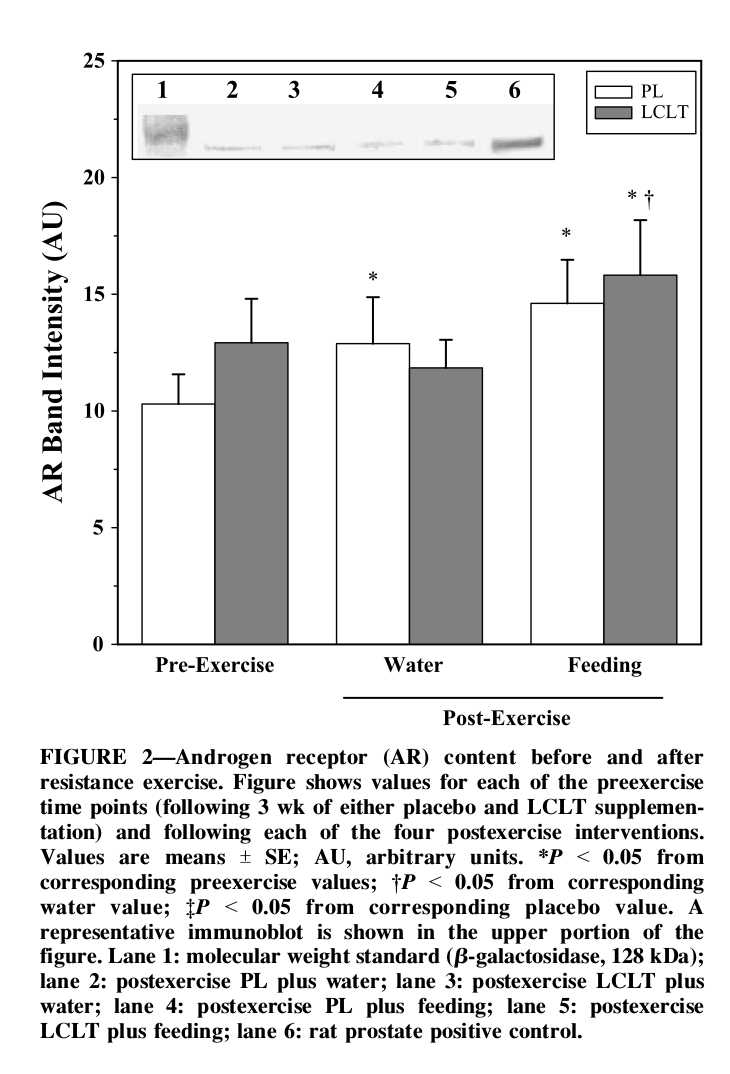
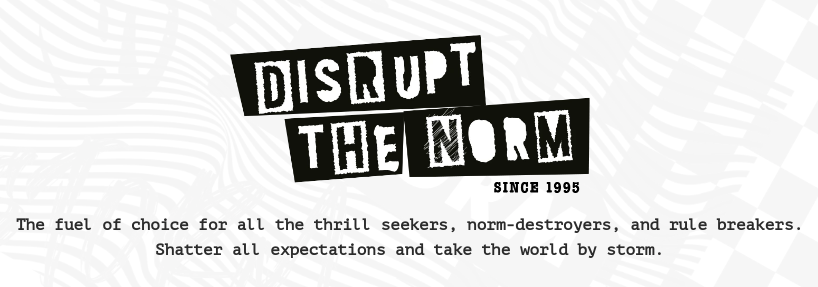

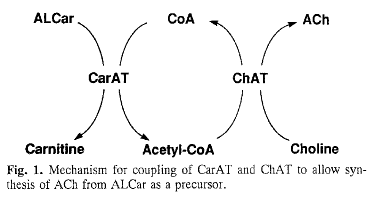
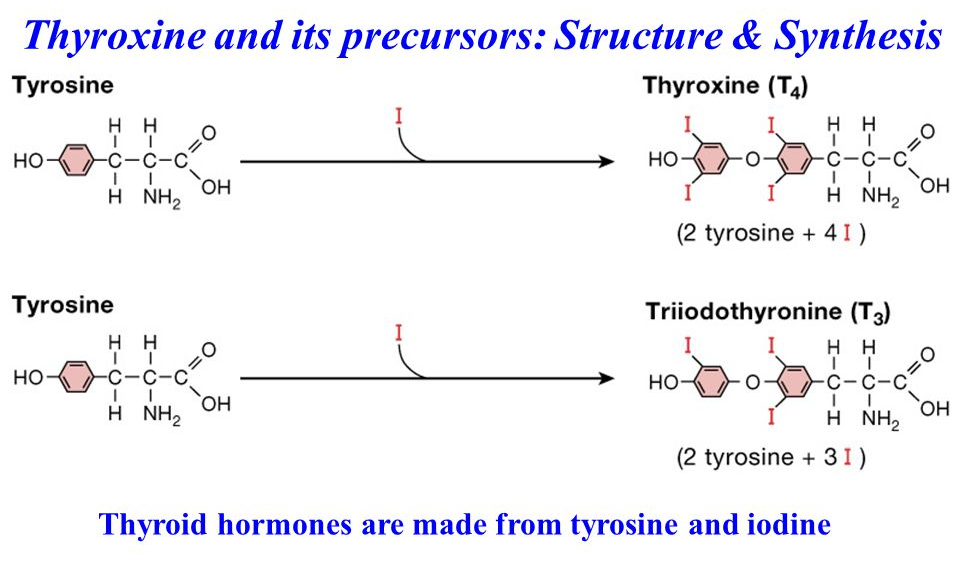
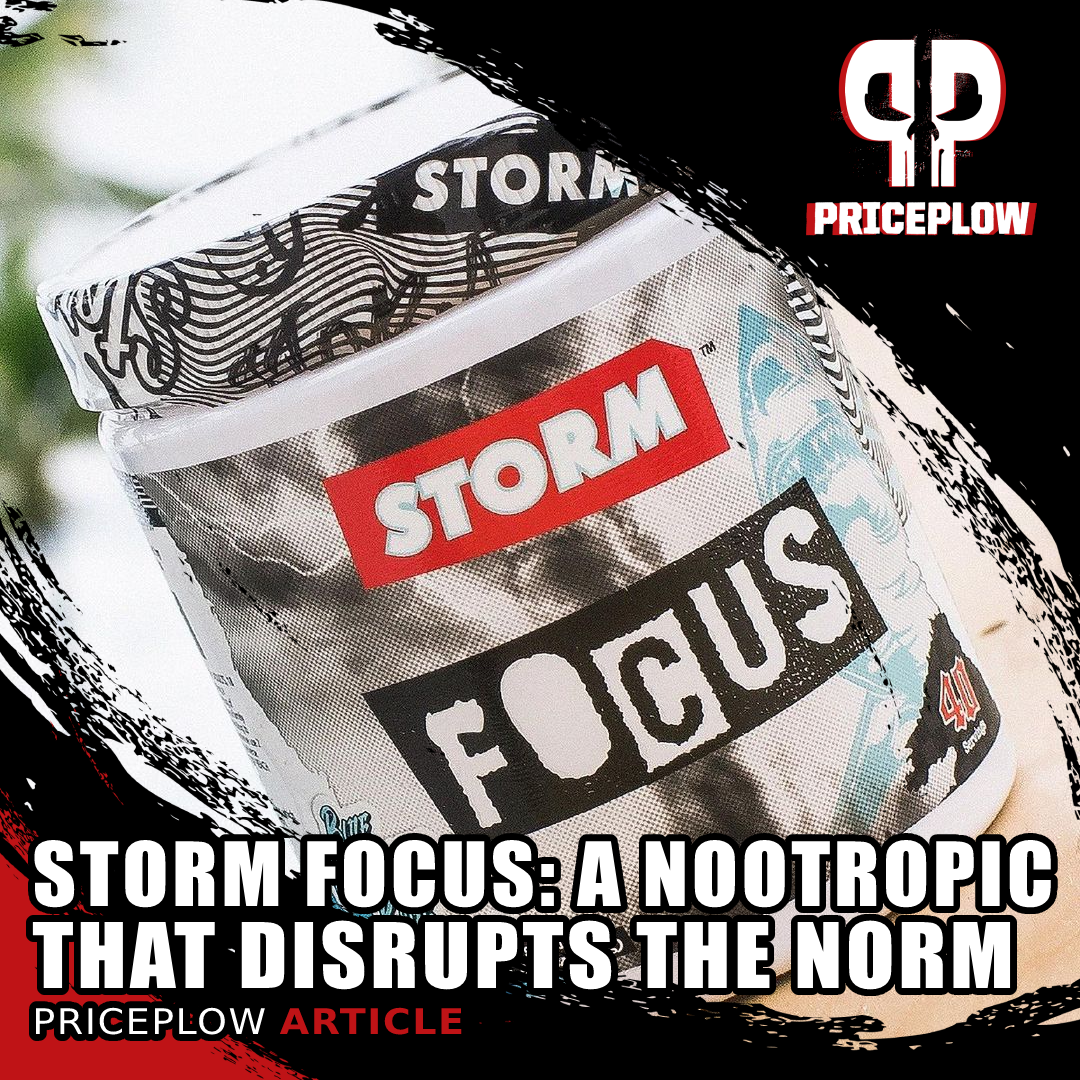


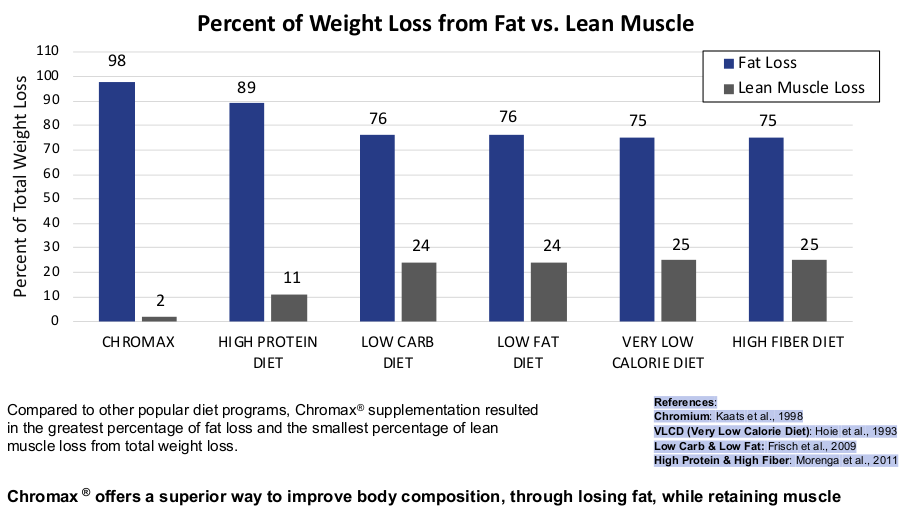



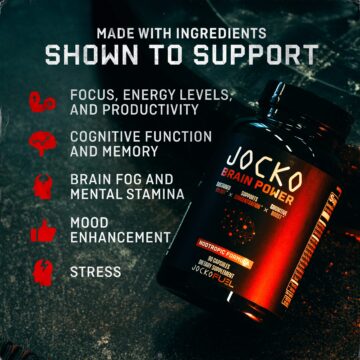
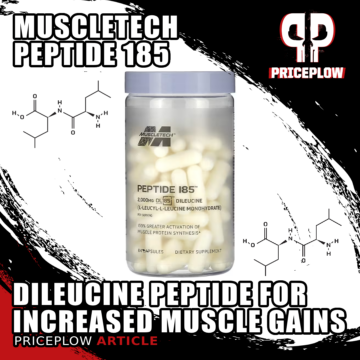
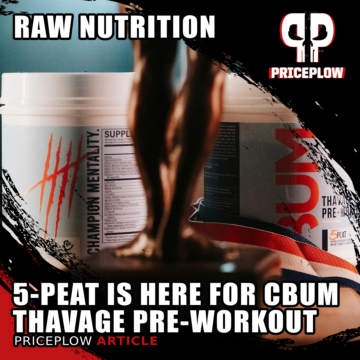
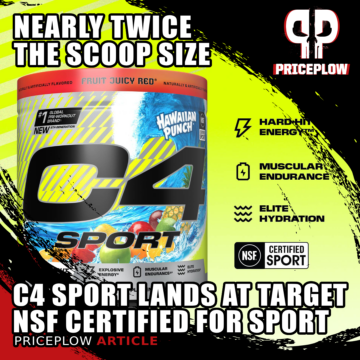

Comments and Discussion (Powered by the PricePlow Forum)